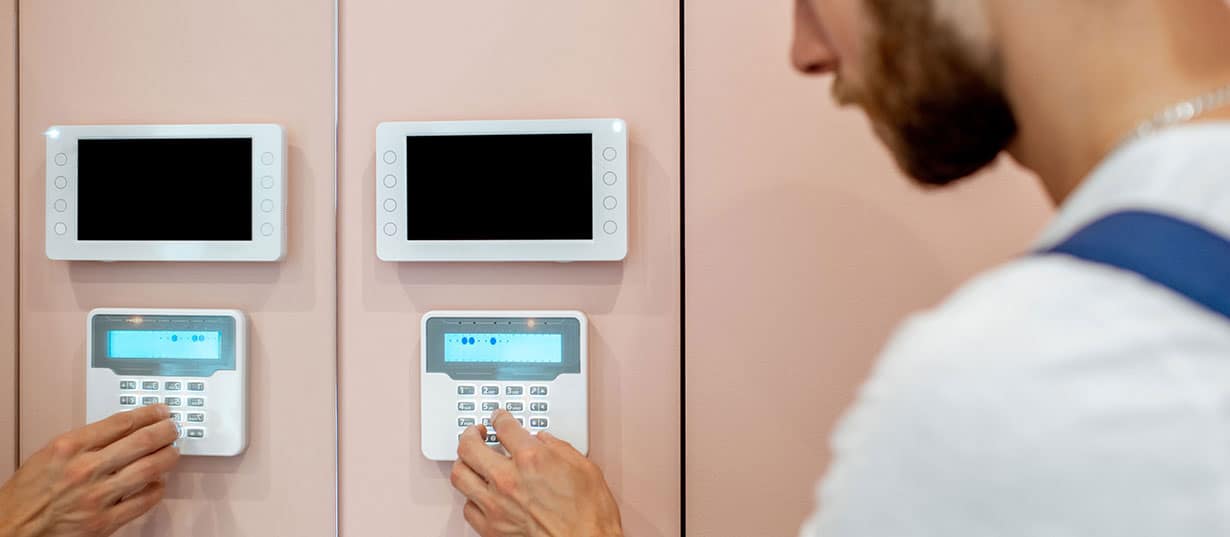IoT Data Management
Fingent can help develop and deploy cloud-based IoT data management solutions. We engage closely with enterprises to develop a scalable architecture that can enable visualization, analytics and modeling of data from IoT devices.

Year of Establishment

of Customers Worldwide

Customer Rating
IoT solutions and services to fuel higher levels of efficiency and create new business models

Fingent can help develop and deploy cloud-based IoT data management solutions. We engage closely with enterprises to develop a scalable architecture that can enable visualization, analytics and modeling of data from IoT devices.

From people to process, organizations have numerous tools that keep their business ticking. Fingent works closely with organizations to understand and deploy custom build applications to connect your tools together to increase efficiency and productivity.

Collaborate with Fingent to develop your customized IoT solution modeled on our tried-and-tested, successful integration methods. Our broad portfolio of IoT infrastructure technologies helps you Ideate IoT processes, connect and manage smart devices.

Fingent’s IoT Suite empowers you to transform raw data into actionable insights. We assist you to understand your customer behavior and anticipate market trends better, built on customer loyalty.

New ideas are born when you work with new partners, new technologies, new assets, and new data streams. By increasing agility, innovation, productivity, and efficiency, the Internet of Things can move your enterprise forward.

Transparency is key to building smarter business processes. With IoT, you can keep track of all your employees across multiple departments and locations, analyze business functions and examine results regardless of your business location.

Consistent high-quality results with robust agile teams and dedicated QA practices
Highly cost-effective and best-of-breed solutions with no last minute surprises
Transparent project management with maximum adherence to deadlines
The entire engagement was completely transparent and very systematic. It’s been an exceptional working experience.
Their team is completely committed to our success as a client, and they do that with their dynamic team.
They’ve also been great at meeting the needs of our timeframe versus theirs.
They go above and beyond what the typical developer interaction would be.
They were highly responsive to our needs.
We found their project management solid.
Reviews from engineers testify that their code was consistently solid and comprehensively documented.
I have been very pleased with Fingent Corporation’s user experience and design capabilities.
Fingent’s project team demonstrated passion and commitment throughout the dev cycle and it was very evident in their work.
They’re an honest company to deal with … they were always fair and reasonable.
IoT is short for Internet of Things. In simple words, IoT is the network of interconnected things/devices that are embedded with sensors, software, network connectivity and necessary electronics that allow them to collect and exchange data. Gartner defines IoT as a network of physical objects that contain embedded technology to communicate and sense or interact with their internal states or the external environment.
Wearables, smart homes, driverless cars, asset tracking and monitoring systems, connected factory, and connected medical devices are some of the examples of IoT.
Smart devices help users in their daily activities by understanding the simple commands sent by the users. Smart devices comprise interactive electronic gadgets such as smartphones, tablets, phablets, smartwatches, smart glasses, and other personal electronics.
Basic Elements of IoT include sensors/ devices, Gateway for the IoT device to cloud, data processing and analytics, connectivity of devices, cloud server, user interface, automation, and standards and protocols.
IoT devices collect different types of data like automation data, status data, and location data.
Internal sensors collect data from IoT consumer devices such as security systems, smart appliances, smart TVs, and wearable health meters.
Contact Us
Error: Contact form not found.